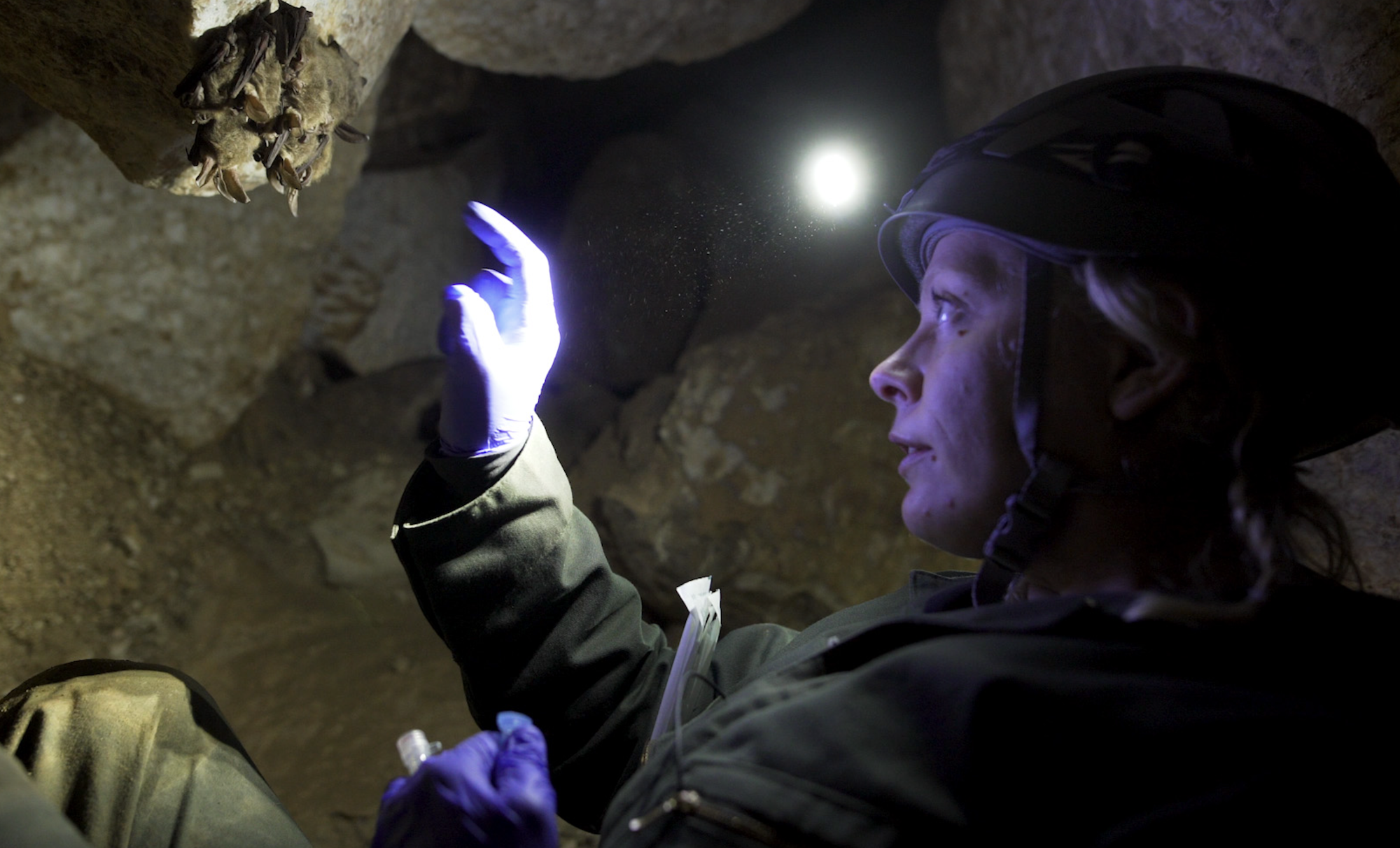
"Though most of us pay them little mind, bats are essential to the ecologies they live in. They are pollinators, seed dispersers and highly effective pest-destroyers. When bat populations drop, the use of insecticides increases, creating hazards for humans and much bigger bills for farmers. As ecological economist Eyal Frank notes in the documentary, a mass bat die-off would be "catastrophic for humanity, for society.""
"Unfortunately, as The Invisible Mammal explains, bat populations across the United States have been decimated by a new disease. Since 2006, a fungus known as Pd (full name: pseudogymnoascus destrucans) has attacked bat populations in 40 states and nine Canadian provinces, causing a disease called White Nose Syndrome. Pd grows on hibernating bats, prompting them to wake up too early. These bats then starve to death because of scarce winter food supplies."
Bats serve crucial ecological roles as pollinators, seed dispersers and efficient pest predators, reducing insecticide use and protecting human health and farm incomes. A fungus known as Pd (pseudogymnoascus destrucans) has caused White Nose Syndrome across 40 U.S. states and nine Canadian provinces since 2006 by growing on hibernating bats and forcing premature arousal, leading to starvation during winter. Increased bat mortality raises insecticide use, human hazards, and agricultural costs, and a mass die‑off would be catastrophic. Conservationists employ strategies such as "Operation Fat Bat" to bolster bat health and protect urban colonies like Sacramento's.
Read at Kqed
Unable to calculate read time
Collection
[
|
...
]